|
|
A diagnosis of chronic obstructive pulmonary disease (COPD) can be alarming, but thanks to stem cell treatments for COPD, the situation may not be dire. Once a patient develops COPD, it means that he or she has developed complications to existing breathing problems. The chronic disease happens when inflammation in the lung interferes with airflow.
Not being able to breathe properly and having frequent chest tightness can be distressing, especially when it is caused by a chronic disease, rather than a temporary illness like bronchitis. Thankfully, new options for treatment emerge every day. Among these options are stem cell treatments for COPD.
A Guide To Stem Cell Treatments For COPD
This article explores the things you need to know about stem cell treatments for COPD.
COPD results in reduced lung function. Simple breathing tests allow doctors to determine what percentage of the patient’s lung function remains. However, that reduced lung function may stem from an injury or a temporary illness or a chronic disease. Because COPD can develop after several bouts of bronchitis, the current problem doesn’t always become clear right away.
Exacerbation incidents are one of the most telling signs of COPD. For example, the usual symptoms a patient experiences from bronchitis may suddenly worsen and persist for several days. This problem is known as an exacerbation, which is one of the telltale signs of COPD. Managing and preventing exacerbation incidents becomes one the many strategies with which COPD patients must become familiar.
COPD Symptoms
Other symptoms can dovetail with an existing chronic problem of the patient, such as emphysema or chronic bronchitis. Signs of COPD (and sometimes, the original ailment) include blue fingertips and lips, swollen feet and ankles, weight loss, and low energy. The breathing problems, specifically, show up as shortness of breath, chest tightness, wheezing, and extra mucus in the lungs. The patient may cough up some of this discharge, which vary in color with COPD. Quality of life often plummets, because managing everyday tasks becomes almost impossible to do. This includes active pursuits like tennis and golf or taking long walks.
Smokers usually develop COPD, but intense exposure to secondhand smoke, a dusty workplace, or other kinds of air pollution might also cause it. For those who heat or cook with coal or wood, and poor airflow in the home, the fumes may gradually lead to COPD. A small percentage of those living with the disease get it because they have a deficiency in a kind of body protein called alpha-1-antitrypsin. The combination of direct tobacco exposure with one of these factors, or an existing problem like asthma, often forms a “perfect storm” for COPD.
Because there can be so much overlap between other conditions and COPD, you can get misdiagnosed with a temporary illness instead of COPD or vice versa. Patients should press their doctors for additional information. The physician may need to order additional lab tests and x-rays in order to properly diagnose the patient with chronic obstructive pulmonary disease.
Traditional COPD Therapies and Their Drawbacks
Patients usually try a range of COPD treatment options before finding the right solution. Many people who seek stem cell treatments for COPD have at least considered other medical options first. Each traditional COPD treatment provides advantages — but often, also carry serious side effects. Traditional treatments include:
1. Surgery for COPD
Depending on the patient’s specific COPD case, doctors may recommend removal of problematic parts of the patient’s breathing systems. These can include damaged lung tissue in the upper lungs or the bubble-like sacs known as bullae that block breathing. A lung transplant might even be considered. All of these are considered major operations, and therefore, carry some risk. Organ rejection may still happen to patients with lung transplants.
2. Medications for COPD
Doctors frequently suggest oral or inhaled steroids for COPD patients. This help opens up airways. They can be effective for many people, but also bring some serious side effects. The risks of inhaled steroids include internal airway bruising, and having a hoarse voice for an extended period of time. Some people on oral steroids develop more serious problems, like diabetes, weight gain, cataracts, brittle bones and lowered immune systems. Other COPD medications, such as theophylline and roflumilast, come with potential risks like weight loss, digestion problems, tremors, palpitations, nausea, and headaches.
3. Lung therapies for COPD
For most patients, no serious health risks for lung therapies exist, but oxygen tanks can be somewhat cumbersome to carry around. Pulmonary rehab, a different kind of treatment, combines education with eating tips, coaching, and workout routines. These are all healthy lifestyle options, in general. But they can be time-consuming when the patient relies on them as a primary treatment for chronic obstructive pulmonary disease.
Stem Cell Treatment for COPD
Medical professionals have been exploring stem cell treatment for COPD as an intriguing option for patients who either don’t find relief from surgery, medicine, or other therapies. It’s also an option for patients who simply wish to avoid them for various reasons.
When a patient develops COPD, the air sacs and/or bronchial tubes within the lungs become damaged. This damaged tissue prevents patients from being able to receive adequate air from the lungs. Not getting enough oxygen from damaged lungs causes extreme discomfort. Sometimes, it also leads to more serious health problems, including lung cancer and heart disease. In extreme cases, COPD can be fatal.
With stem cell treatment, patients can potentially have the damaged tubes and air sacs within the lungs replaced with healthy tissue. Once these damaged breathing systems get repaired, symptoms gradually disappear, and patients breathe more freely.
What Stem Cells Come Are Used for COPD Treatment?
A COPD patient is usually the stem cell donor for his or her own treatment. This approach is called an “autologous” stem cell treatment.
The types of adult stem cells that are used for COPD treatments are called mesenchymal stem cells (MSCs). This type of stem cell can be sourced from different parts of the adult body and then be used to treat other areas. In scientific terms, mesenchymal stem cells have “tri-lineage differentiation potential.” That term means they can grow into bone, fat, or cartilage cells. In turn, these cells can be implanted into damaged tissue to support repair.
With regard to COPD, mesenchymal stem cells can support healthy lung tissue function. These cells support repair through a variety of mechanisms, including lowered inflammation, reduced fibrosis, and improved immune function. Often, these MSCs are adipose-derived, meaning the cells are harvested from the patient’s fat tissue. These stem cells can also be taken from bone marrow or blood.
How the Procedure Works
For COPD treatment, the stem cell treatment process comes in a two-part system. First, medical professionals extract and process the patient’s stem cells. Then, the stem cells are administered back to the same patient. The entire session usually lasts no more than five hours.
During the session, doctors typically source mesenchymal stem cells from the patient’s fat (adipose) tissue. This is done through a “mini liposuction” procedure. Many people are familiar with liposuction as a cosmetic procedure to decrease “love handles” and other fatty areas. Yet, the same process can also yield adult stem cells for medical purposes. The patient receives a mild sedative to numb the abdominal area. After removing a small amount of tissue, a machine then isolates the needed mesenchymal stem cells from the tissue sample.
Stem cell therapy using the isolated cells is then administered to COPD patient. This happens in one of two ways. Often, an IV injection delivers it directly through the veins, but the stem cell therapy can also be processed into nebulizer form. With this approach, the patient inhales the stem cells treatment to deliver it to the lungs. Patients currently report improvement within three to nine months.
Side Effects of Stem Cell Treatments for COPD?
When compared to other types of medication and surgery for this disease, the side effects associated with stem cell treatments for COPD are considered minimal. Some people have minor reactions to the liposuction component that last about a day. These include bruising or swelling in the area where the fat tissue was extracted.
They might also have temporary headaches and nausea after the fat extraction. In terms of the second part of the treatment—having the processed cells administered back into the patient—there can be some minor pain or bleeding in the area of the injection.
Researchers continue to look for ways to innovate stem cell treatments for COPD. Many patients who have received this type of therapy through clinical trials, or as private patients, do report an improved quality of life. Over time, breakthroughs in stem cell technology for serious lung ailments may replace some types of drug therapies that have serious side effects. These approaches may also reduce the need for invasive surgeries.
Stem Cell Treatments for COPD
As the world’s largest publisher of stem cell industry news, BioInformant is committed to being a trustworthy source of news flow for the industry but understandably cannot provide clinical treatments or advice. For this reason, please contact GIOSTAR to ask your medical questions.
GIOSTAR goal is to offer cutting-edge, extensively researched stem cell therapy options. To date, it has completed over 14,000+ treatments at its U.S. and international locations. You can reach them at this link to schedule a consultation.
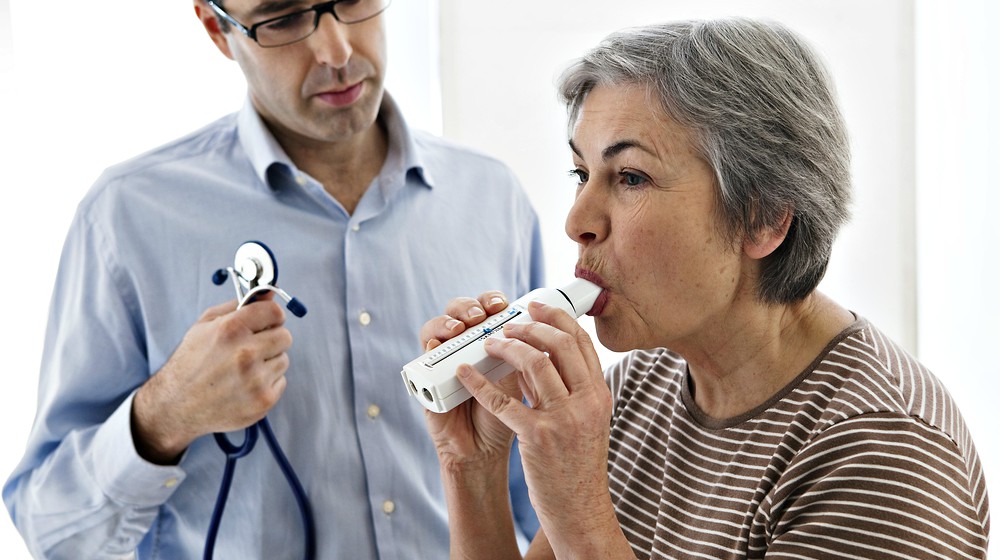





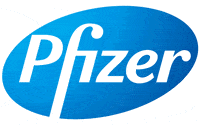




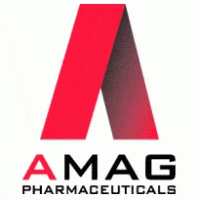


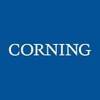

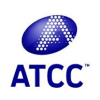


I would try this in a clinical trial